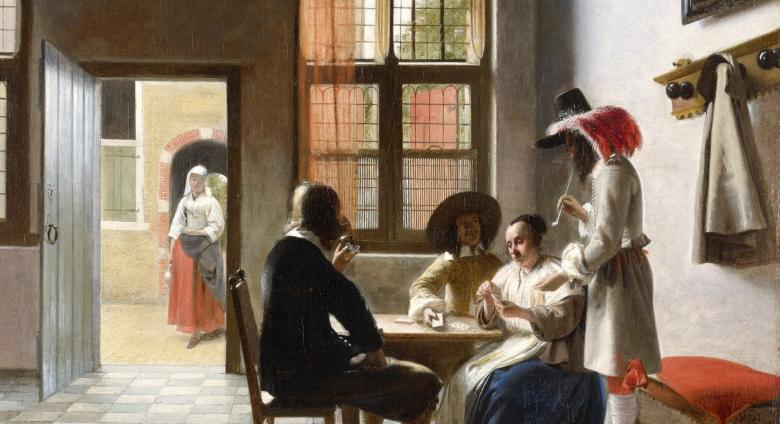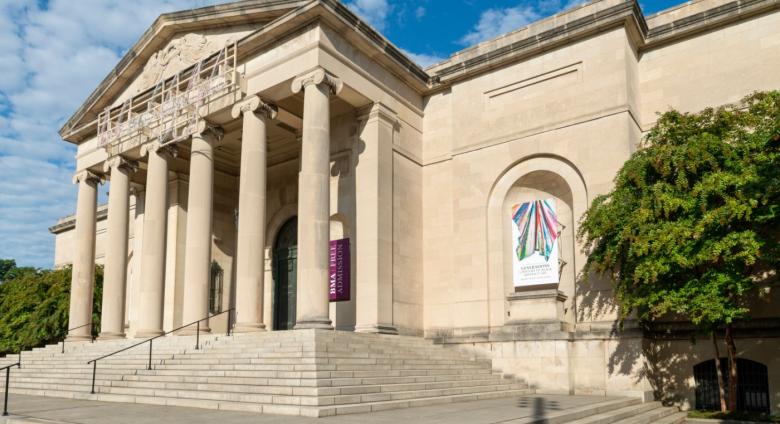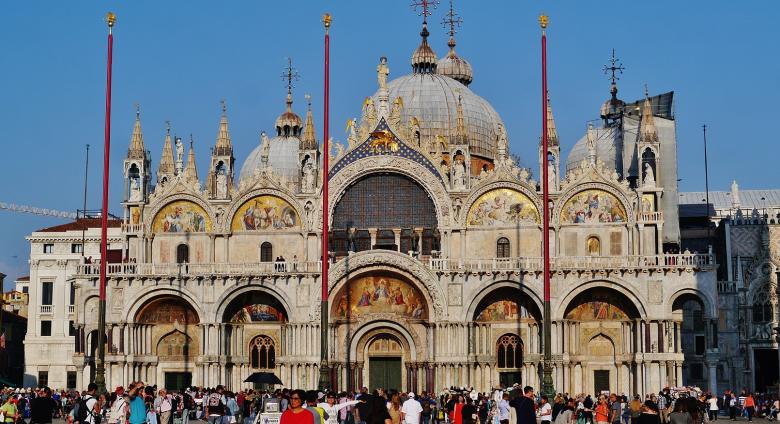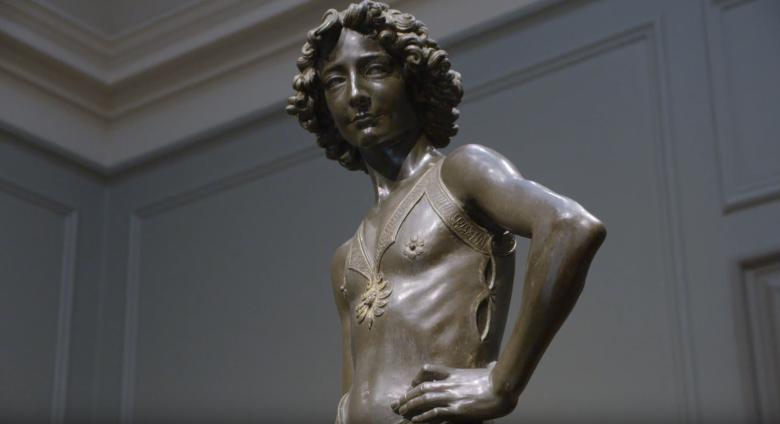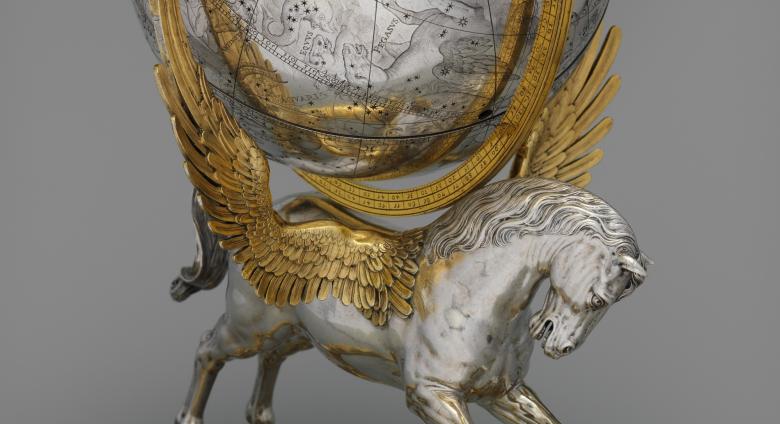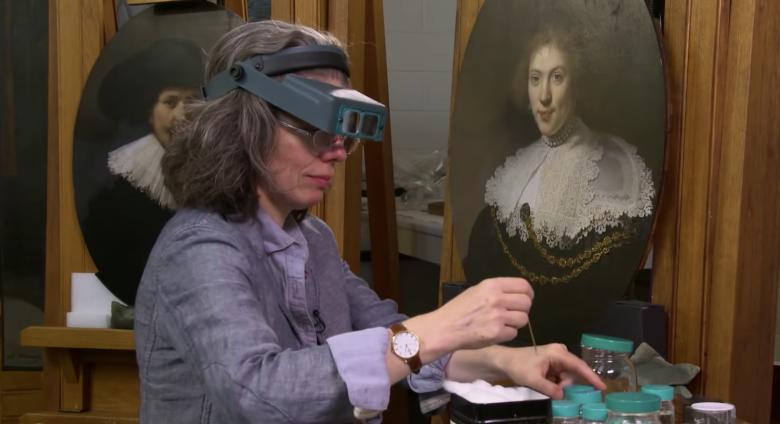Museum Prinsenhof Delft today announced three discoveries made in three different paintings by Pieter de Hooch as part of its exhibition, Pieter de Hooch in Delft: From the shadow of Vermeer, the largest retrospective exhibition in a generation of the work of the Delft Master.
November 2019 Art News
An extremely rare work by Russian avant-garde master Ivan Kliun (1873-1943), one of very few works by the artist in private hands, is set to lead Sotheby’s forthcoming sale of Russian Paintings (London, 26 November).
The Baltimore Museum of Art (BMA) has announced a radical new plan to make their museum and its collection more inclusive. As part of their 2020 Vision strategic plan, the museum will only purchase and exhibit works by women artists for all of 2020.
Balthazar: A Black African King in Medieval and Renaissance Art examines how representations in European art of Balthazar as a Black African coincided with the increased interaction between Europe and Africa, particularly with the systematic enslavement of African peoples in the fifteenth century.
This fall one of the world’s greatest cultural treasures has been under siege. Venice, often called the Floating City, has been submerged in nearly six feet of water.
An extraordinarily rare jumbo lobby card for Dracula (Universal) sold for nearly five times its estimate to bring $192,000 in Heritage Auctions’ Movie Poster Auction Nov. 23-24.
Join exhibition curator Andrew Butterfield on a tour of highlights from the exhibition Andrea del Verrocchio: Sculptor and Painter of Renaissance Florence on view from September 15, 2019 to January 12, 2020
Making Marvels is the first exhibition in North America to highlight the important conjunction of art, science, and technology with entertainment and display that was essential to European court culture.
Drawing from its extensive archive—nearly 9,000 works from 850 international photographers—the MOPA is exploring the history and development of photography in the past hundred years with The Stories They Tell.
The painstaking work of art restoration is often done in a studio or a lab, removing decades of dulling dirt and dust, or repairing works that have been damaged, always with the aim of helping art – meant to stand the test of time – keep time at bay.




